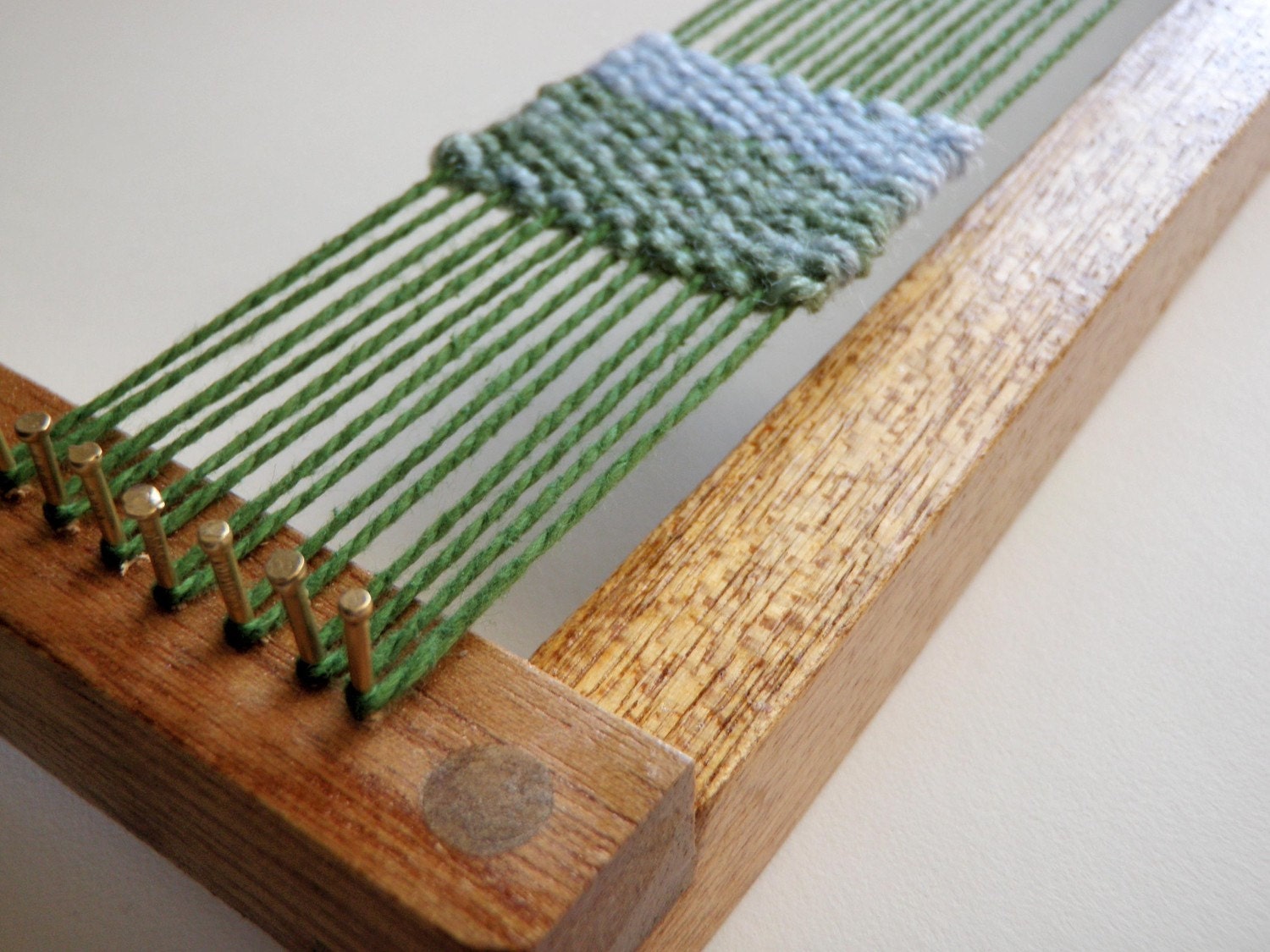
Thread your needle and fold your weaving to the size you want your pouch pocket to be.You’ll need scissors, a long piece of yarn, and a large needle.Want to do more with your weaving? Turn it into a pouch you can use! Tie the two loose ends of the string together (one with the knot and the other at the end). We used a silver ribbon on our artwork.Ģ. Find a ribbon, yarn, or other material and use your fingers to add it to the surface of your weaving. In Under Way, Albers added red and white fibers that wander back and forth across the artwork. Repeat the pattern for the entire length of the loom.Keep following the under, over pattern all the way across the loom. Pull it over the second string, then under, then over again. This time, you’ll do the same actions in the opposite order: Place your fabric strip under the first string. Select another strip of fabric for your second row.Continue the over, under pattern all the way across the loom to make your first row. Start by placing the fabric, your weft, over the first string, then under the next, then over again.Select a strip of fabric to be your first weft.The pattern featured here is “over, under.” Once you master this pattern, explore the possibilities by making your own pattern variation. They should be long enough to go horizontally across the loom. Hook the yarn around the back of the loom to the next slit.Ĭut strips of fabrics in varying widths to serve as the weft.

Then, guide the yarn to the bottom of the loom, and slide into the slit on the other side of the loom below where you started. Tuck the yarn into the top right notch on the loom, on the back side.Make a double knot near one end of your yarn.You’ll also need scissors, yarn, and scrap fabric or old clothes for weaving.If you don’t have one, make your own cardboard loom. Make a woven artwork on your own, or do your own experiment with a friend! The weft is the material that moves horizontally, back and forth across the warp, moving over and under it to create rhythmic patterns.Īnni Albers said, “We sat there and simply tried things out.” Artists at the Bauhaus school experimented and worked together. The warp yarns run vertically, or up and down, on the loom. Weavers typically operate alternating materials in two directions, creating the warp and the weft of a woven fabric. What is weaving? Weaving is the act of making a piece of cloth. Create your own experimental woven artwork using a loom. In this project, you’ll explore creating texture and patterns with woven materials. She was the first design artist to have a solo exhibition at the Museum of Modern Art in New York. Albers experimented with weaving complex geometric patterns, developed Modernist weaving theory, and wrote the book On Weaving, which helped establish design as a field of study.

After completing her degree, Albers and her husband-fellow artist Josef Albers-left Germany in 1933 to teach art at Black Mountain College in North Carolina. Many people at that time viewed weaving as a craft-not a fine art form like painting or sculpture-but Albers was determined to change their minds! She pioneered geometric fabric designs and elevated her weaving to fine art. She attended a famous German art school, the Bauhaus, and established herself as an authority on weaving. She studied painting as a teenager and decided to attend art school. Born in Germany, she loved art from a very young age. How do you think it works? Watch this video to find out!Īnni Albers (1899–1994) was an American artist and craftsperson. Have you ever seen a loom before? Look up a picture of a floor loom. Artist Anni Albers made it by weaving yarn together on a loom.

How do you think the artist made this? Describe details you notice that help reveal how this was made. Hirshhorn Museum and Sculpture Garden, Smithsonian Institution, Washington, DC.


 0 kommentar(er)
0 kommentar(er)
